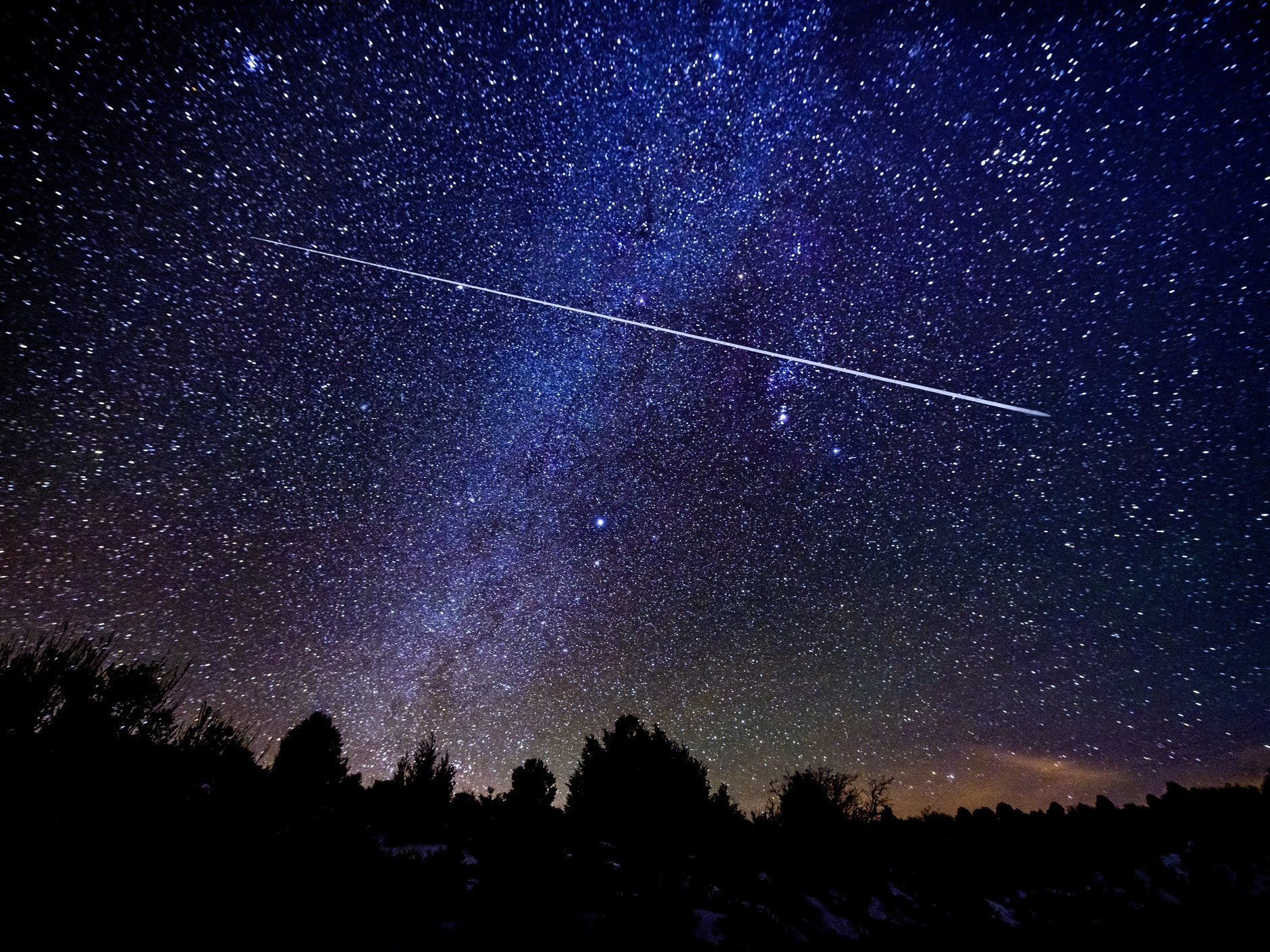Ursid meteor shower 2021 to peak on longest night of the year
Winter solstice on Tuesday will see up to 10 meteors appear like shooting stars every hour

One of the biggest meteor showers of the year is set to coincide with the longest night of the year this week.
The peak of the Ursid meteor shower will brighten up the dark skies of the winter solstice on Tuesday, offering sky gazers a unique opportunity to witness the celestial spectacle.
Up to 10 meteors an hour will appear near the Ursa Minor constellation (the Little Bear) in the northern hemisphere, burning up through the Earth’s atmosphere in bright trails across the sky.
Their appearance means they are commonly referred to as shooting stars, with Nasa explaining that it is the trail and not the meteor itself that lights up.
“A meteor is a space rock – or meteoroid – that enters Earth’s atmosphere,” the US space agency explains.
“As the space rock falls toward Earth, the resistance – or drag – of the air on the rock makes it extremely hot. What we see is a ‘shooting star’. That bright streak is not actually the rock, but rather the glowing hot air as the hot rock zips through the atmosphere.”
The Ursids will continue right through until Christmas Eve, with their frequency gradually slowing down throughout the week.
Anyone who misses the cosmic event will be able to see it the next time Earth passes through the debris left behind by the comet Tuttle, roughly one year from now.
Almost 1000 injured as 10-ton meteor blasts across Russian sky, causing explosions and smashing windows
Show all 9Another meteor shower, the Quadrantids, will occur between 26 December 2021 and 16 January 2022, however the peak only lasts for six hours on 2 January.
Average hourly rates can reach 25 meteors, though clear skies are needed to view them.
Weather for the Ursids looks relatively unfavourable in the UK on Tuesday evening, with the Met Office forecasting: “A few breaks possible at times, probably most likely in the west.”
Wednesday night could offer a better chance for UK viewers, while people in southern and central parts of the US should also be treated to a good view.
The Ursids meteor shower are not visible in the southern hemisphere.
Subscribe to Independent Premium to bookmark this article
Want to bookmark your favourite articles and stories to read or reference later? Start your Independent Premium subscription today.

Join our commenting forum
Join thought-provoking conversations, follow other Independent readers and see their replies